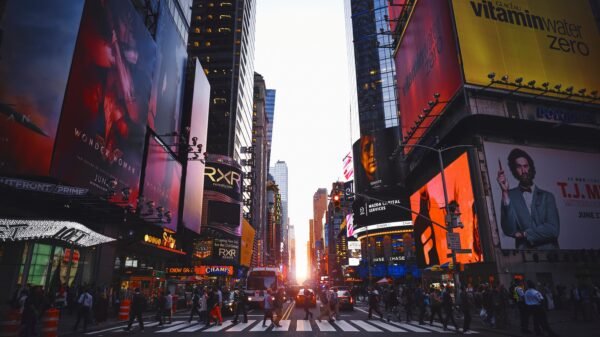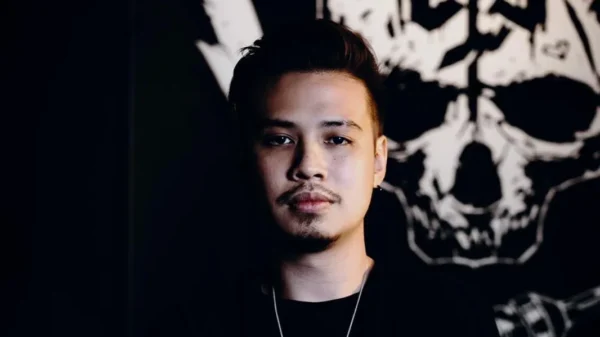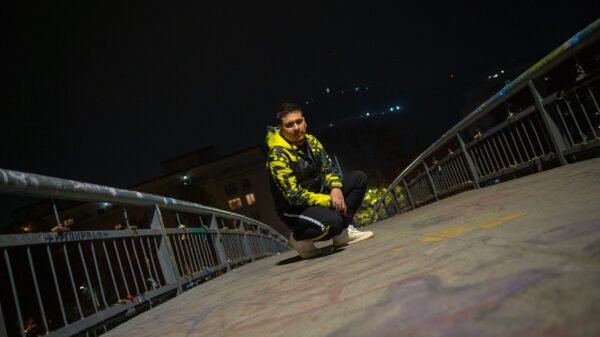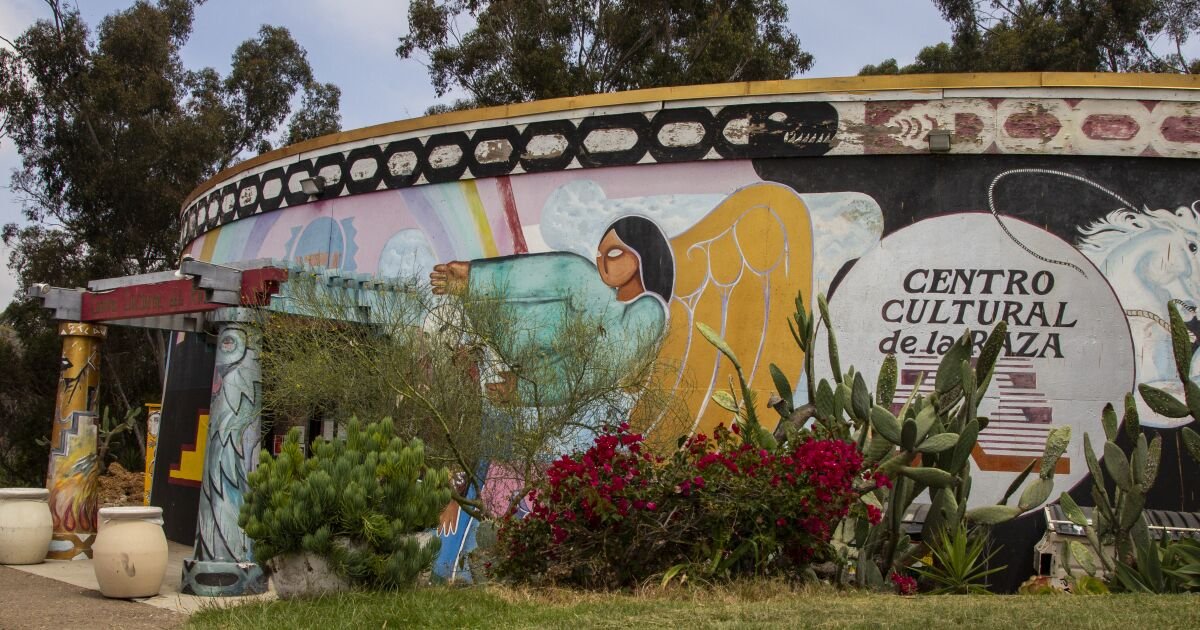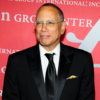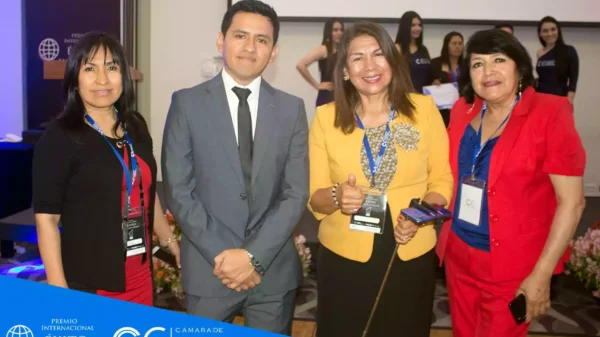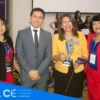E nrique es uno de los cofundadores originales de El Centro Cultural de la Raza. Ella vive en Encanto.
Cincuenta años de latidos del corazón. Todavía estamos aquí. Todavía estamos aquí después de 500 años. Está escrito.
“Una corriente importante del teatro chicano/a se ha preocupado por recuperar la historia de Aztlán”. — William B. Worthen.
“Los tiempos han cambiado, la tecnología ha cambiado, pero la gente sigue siendo gente… aún intentando determinar quiénes son no solo en esta sociedad sino como miembros de las comunidades internacionales en lucha”.
La lucha por sobrevivir es real. Chicano, Mexicano, Indígena, Latinx, todas las comunidades, levantaron la voz mientras la Guerra de Vietnam se desataba, el movimiento de derechos civiles presionaba, la lucha de los trabajadores agrícolas continuaba. Dentro de ese coro, artistas, actores, bailarines, escritores, poetas, músicos, educadores y activistas forman el cuerpo complejo del Movimiento Chicano. Teatristas y músicos crearon actos en caminos de tierra por vastos campos; los bailarines actuaron en un terreno baldío prometido como parque comunitario; los pintores pintaron y rociaron imágenes en callejones, alcantarillas y muros de barrios; los poetas recitaban en cualquier oportunidad.No había un lugar reconocido para practicar, enseñar y mostrar nuestra cultura con respeto, reconocimiento y autodeterminación.
Como después de la Segunda Guerra Mundial y la Guerra de Corea, todos los veteranos de Vietnam volvieron a la inequidad. Como canta Ramón “Chunky” Moroyoqui Sánchez, muchos optaron por “educar, no encarcelar”. La educación, formal y propia, es clave para nuestro crecimiento y expansión de experiencia. Se necesita estudiar, anotar, memorizar. Hacer sentir y actuar es un arte. Las coaliciones crecieron. Los Toltecas en Aztlán y el Ballet Folklórico en Aztlán, personas y apoyo comunitario nos unimos y validamos nuestros orígenes culturales respetando los lazos con esta tierra prestada por los pueblos originarios. Con esta energía colectiva entrelazada, hicimos oír nuestras voces.
La ciudad de San Diego no podía dejar de escuchar nuestra insistencia enfocada en un centro cultural. En última instancia, cedió un almacén, tiró el edificio Ford abandonado en Balboa Park solo para recuperarlo y, finalmente, entregó un tanque de agua vacío redondo de color gris cemento desnudo. Nuestro. Nosotros trabajamos. Difícil. Fregamos, limpiamos, pintamos, cocinamos, practicamos, actuamos, ensayamos y preparamos las paredes curvas para los murales.
Yermo Aranda concibió “La Dualidad” en la pared interior este, el primer mural permanente en San Diego por artistas chicanos. Muchos más crearon los murales en las paredes exteriores del Centro y todos participaron en los proyectos de murales para Chicano Park. Todos participamos en la celebración anual del Comité Directivo del Parque Chicano en ese terreno que alguna vez estuvo desnudo y ahora es un tesoro internacional. Teatro Mestizo creó actos, interpretó clásicos de Luis Valdez, El Teatro Campesino. La Familia Enrique, Ballet Folklórico en Aztlán enseñó, ensayó y actuó, diversificándose a artistas más jóvenes con Teatro Razita. La música trajo a un grupo ya establecido, El Trío Moreno, para dar clases y talleres. A medida que el Centro fue creciendo, se sumaron artistas y artesanos de todas las disciplinas. Todos regalando los frutos de su trabajo a la familia, los niños y la comunidad.
El Centro sirvió de encuentro, práctica, interpretación y perfeccionamiento, un lugar seguro para tantos. Fue el primer espacio de arte regional en albergar a danzantes aztecas y capitanes para actuar y enseñar. Arraigados en el Centro, se ramificaron para restablecer, afirmar y sembrar nuestra antigua herencia ceremonial en todas partes.
Alurista, fundador, poeta, activista. Juan Felipe Herrera, poeta laureado. Ethan van Thillo fomentando Cine Estudiantil en el Festival de Cine Latino de San Diego y el Media Arts Center San Diego. “Simplemente María, o El Sueño Americano: Una obra de teatro en un acto” parte del crecimiento de Josefina López a través del Centro. BAW/TAF, Taller de Arte Fronterizo/Taller De Arte Fronterizo.
Carlos Santoyo, integrante del Ballet Folklórico en Aztlán, veterano de Vietnam, estudiando en Nayarit, México, convirtiéndose en profe de folklórico. “Border Brujo” de Guillermo Gómez-Peña y arte de performance seminal. La gracia antropológica de Dora Arreola bañando de belleza etérea y brutal “Ambos/Both” de Samuel Valdez. Goyo Flores, veterano de Vietnam, se unió al Teatro Esperanza de Jorge Huerta, enseñó teatro en San Diego Mesa College, cofundó The Latino Ensemble con su compadre John Padilla y Victor Contreras.
La plantación de Salvador “Queso” Torres de una llave de la ciudad después de años de lucha comunitaria colectiva floreció en la inauguración oficial en 1970 de El Centro Cultural de la Raza. Muchísimas gracias a todos. Demasiados para enumerar. Tantos que agradecer. Han pasado demasiados. Vosotros sois los cimientos sobre los que aún se levanta el Centro.
Para cualquier traspié, una ofrenda,
Las imágenes, las palabras, los sonidos, las sensaciones siempre importan.
Pensamientos, acciones, percepciones, intenciones siempre importan.
Transportes conscientes de emociones que siempre unen las vibraciones de la vida:
TODAS LAS MANERAS IMPORTAN.
El Centro Cultural de la Raza celebrará su 50 aniversario en facebook.com/centrocultural el sábado a las 4 pm La recepción virtual contará con personalidades del teatro, la radio local y el teatro y una presentación del archivo del Centro. Una recepción en persona seguirá el domingo al mediodía en 2004 Park Boulevard en San Diego. Envíe un correo electrónico a aac.ccdlr@gmail.com o visit para obtener más detalles.
Obtenga la opinión del fin de semana los domingos por la mañana
Editoriales, comentarios, reacciones de los lectores y un toque de Steve Breen todos los domingos.
Ocasionalmente, puede recibir contenido promocional del San Diego Union-Tribune.
nzó la guerra en Ucrania, coloqué mi habitación de huéspedes en Airbnb para donarla a un refugiado, si fuera necesario.





























